TV review: All you need to know about NCIS: Sydney
The plot is pretty pedestrian but it does include a spectacular chase scene with a navy Seahawk helicopter flying at 30 metres above sea level, featuring pilots from the Australian Navy.
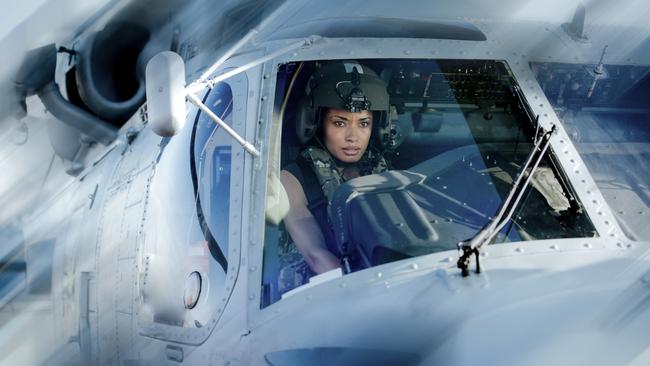
Even after two decades, the ratings of naval law procedural TV show NCIS remain stupendous, but many in TV remain incredulous as to why all that maritime murder, disorder, and international intrigue is still so successful. And why the gags still work.
Now in its 20th season and renewed for another, it’s the seventh-longest running scripted US prime-time TV series and the third currently running, just behind Law & Order and Law & Order: Special Victims Unit.
Created by Magnum P.I.’s Donald P. Bellisario and CSI’s Don McGill, the series also launched four successful backdoor spinoffs, with the latest, the first international entry, NCIS: Sydney, having just made its debut on Paramount+.
And number five is slick too, made by a largely local production team headed by writer and showrunner Morgan O’Neill, best known as a writer and director on the TV series Les Norton, that carnivalesque parade of nutcases, screwballs, bloodied psychos, drug dealers, brothel keepers, underage call girls and cops, both straight and bent from the imagination of the late Robert G. Barrett.
Just the right background to create a show set in and around Sydney’s once notorious Woolloomooloo, home to the Royal Australian Navy base and visiting American war ships. (“Everywhere couples lounged about, the waists encircled, the lips together,” Christina Stead wrote of Woolloomooloo then, in Seven Poor Men of Sydney. “Henna Titians, peroxide blondes, and uncoloured women faded beneath their hair still rich and young.”)
I loved NCIS in its original form for its familiarity and the ritual pleasure it allowed each week. It was one of the few real joys of TV before it changed into the streaming universe. And our media interactions became more complex and demanding – and expensive – a convergence really of different technologies and cultural forms.
I admired the precision of the writing, its exactness, the way nothing really changed from week to week. And I appreciated its predictable groove and the pleasure of noticing the subtle variations, the weekly tweaks to the icon-clad formula. And, of course, I enjoyed the characters and their corny humour, the knockabout banter and mockery.
I left it behind, and was delighted to enter a new viewing world largely devoid of commercials but many stayed with it, not wanting to enter TV’s new world of heightened storytelling and its creative representation across such a broad category of genres. Broadcast TV quickly just seemed so antiquated with its obsession with reality shows but NCIS remained popular, though its audience became older, the median age for its viewers around 60. As the writer Drew Millard said of the show, “In other words, NCIS is a show for old people on a medium that is itself, by and large, for old people. It’s only logical that the most consumed piece of media on a medium with an increasingly ageing audience would be one that appeals to that demographic.”
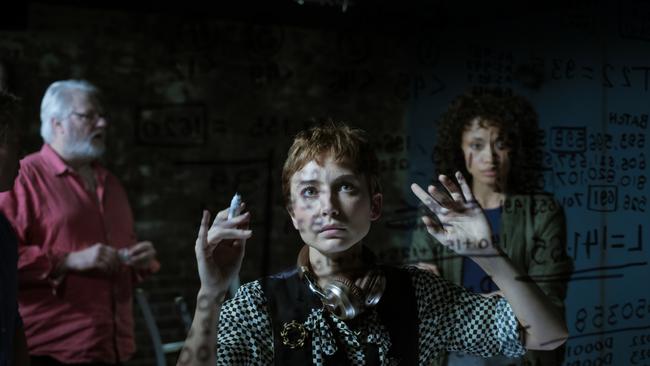
Trouble is, Mr Millard, since the show in its original form started running on the Paramount+ streamer, even with many cast changes from the original, it’s also incredibly popular, finding new audiences around the world. (Check it out – all episodes of the series are now available on the streamer.)
If you’ve never watched, heartthrob 50-something Mark Harmon – he never seems to age – starred for almost two decades as Special Agent Leroy Jethro Gibbs of the Naval Criminal Investigative Service. He’s a former gunnery sergeant in the United States Marine Corps, hence the moniker “Gunny” – this show loves a nickname – with jurisdiction over crimes connected to members of the Navy and Marine Corps.
Gibbs’s team included – again for most of its first great run - former homicide detective wisecracking Special Agent Anthony DiNozzo (Michael Weatherly), officer Ziva David (Cote de Pablo) on loan from Israel’s Mossad intelligence agency, computer specialist Tim McGee (Sean Murray) and oddly literary coroner Dr Donald “Ducky” Mallard (David McCallum).
And there’s Goth-punk-nerd pin-up Abby Sciuto (Pauley Perrette), the least likely forensic specialist in the history of crime shows, and there’s been many. Addicted to death, BDSM and fetish clubs, she shines among the body parts and analytical equipment that clutter her hi-tech computerised domain.
The show, originally a spin-off from the military legal series JAG, also created by Bellisario, struggled at first. About four years in, Bellisario moved on, a case it was said of “classic Hollywood creative differences”. He fell out with the powerful Harmon, the show’s macho leading man. Australian writer Shane Brennan was brought in to shake things up after the much- published departure of Bellisario.
When he took over, NCIS was a gently ironic parody of most of the formularised law enforcement patterns of TV cop and legal shows and inside-government thrillers, its characters often in the crosshairs of domestic terrorists. And starting to fade in the ratings.
But under the Australian writer’s direction the cast slowly embraced the corniness and deadpanned the military cop theme and military melodrama. NCIS quickly became one of the most agreeable, intelligent and playful commercial shows around.
The show presented basically a kind of comic universe in which the characters and action were constructed to continually reassure us that things will ultimately work out happily, even as they encompass a considerable degree of disorder and danger. Nothing really changed week to week.
These days the producers like to joke about the show that it’s a bit like chocolate cake. “Everybody knows what chocolate cake tastes like, but you still want the chocolate cake.”
The new series, set in and around Sydney Harbour, still a little uneven in tone, tries hard to recapture the oddball workplace humour and whimsical style, again adopting a mystery-an-episode approach with long-running character arcs still establishing themselves.
The first episode “Gone Fission”, directed by Shawn Seet, sets the context for the establishment of an eclectic team of American NCIS agents and the Australian Federal Police, created, after some degree of predictable jurisdictional conflict it must be said, as a multinational taskforce to keep naval crimes in check in the Pacific.
With the recent creation of AUKUS, the trilateral security partnership between Australia, the United Kingdom, and the US, the Pacific has become a centre for intelligence operations from enemies of these allies, especially as the war on terror has never really ceased.
“The basic premise that NCIS has to find a connection, a nexus back to the US Navy, will continue, but what’s interesting in Australia is that it’s not just the navy,” O’Neill told Movieguide. “If there is something that happens in Australia in the army or the air force or the coast guard that pertains to the US, NCIS does the investigations. So, in a funny way they actually have a bigger remit than they do in the US because they’re looking after the four other arms of the armed forces.”
As he suggests with Australia’s East Coast Navy Base fleet based in the centre of the harbour, “you’ve got an almost indefatigable, inexhaustible supply of stories right in the middle of the world’s biggest harbour on the world’s biggest island”.
The new team is led by NCIS Special Agent Michelle Mackey, played by the impressive American Olivia Swann, and her local sidekick, AFP counterpart Sergeant Jim “JD” Dempsey, a rather scruffy Todd Lasance. They don’t hit it off to start with, of course, but quickly rather uneasily connect.
Sean Sagar is NCIS Special Agent DeShawn Jackson, cool dude of the emerging outfit who instantly hits it off with Tuuli Narkle’s AFP liaison officer Constable Evie Cooper, who likes a joke at anyone’s expense.
Then there’s the inevitable nerdy character in the brilliant young forensic scientist Bluebird “Blue” Gleeson, played hesitantly by Mavournee Hazel, a breeze at quantum computing. And of course forensic pathologist for the cops Dr Roy Penrose, played by William McInnes in full bellicose form. None are names that instantly come to mind, Swann a rather startling standout, but at this stage it hardly matters.
As O’Neill says, “When you work on a show that’s as big as NCIS, which is in 200 territories, in 60 different languages, with trillions of hours of this show watched, the great relief from a showrunner’s point of view is that I don’t really have to go out and find ‘stars’; the show is the star.”
Like the original, the plot, which involves a Russian sleeper cell after the secrets to the US nuclear submarine, is pretty pedestrian; the emphasis is on the interplay between the characters. And, of course, it has yet to be fully developed and their personalities rounded out. It does include a spectacular chase scene with a navy Seahawk helicopter flying at 30 metres above sea level, featuring pilots from the Australian Navy. Such is the pull of the show.
It’s all neatly efficient storytelling, as one might expect, and it reflects the right conservative edge, one of the reasons the series has been so successful. After all NCIS: New Orleans, the newest spinoff of the NCIS franchise, ended recently after its 155th episode, because it was rumoured to have departed too radically from its counterpart’s “moral, patriotic worldview”.
NCIS: Sydneystreaming on Paramount+ from November 10.



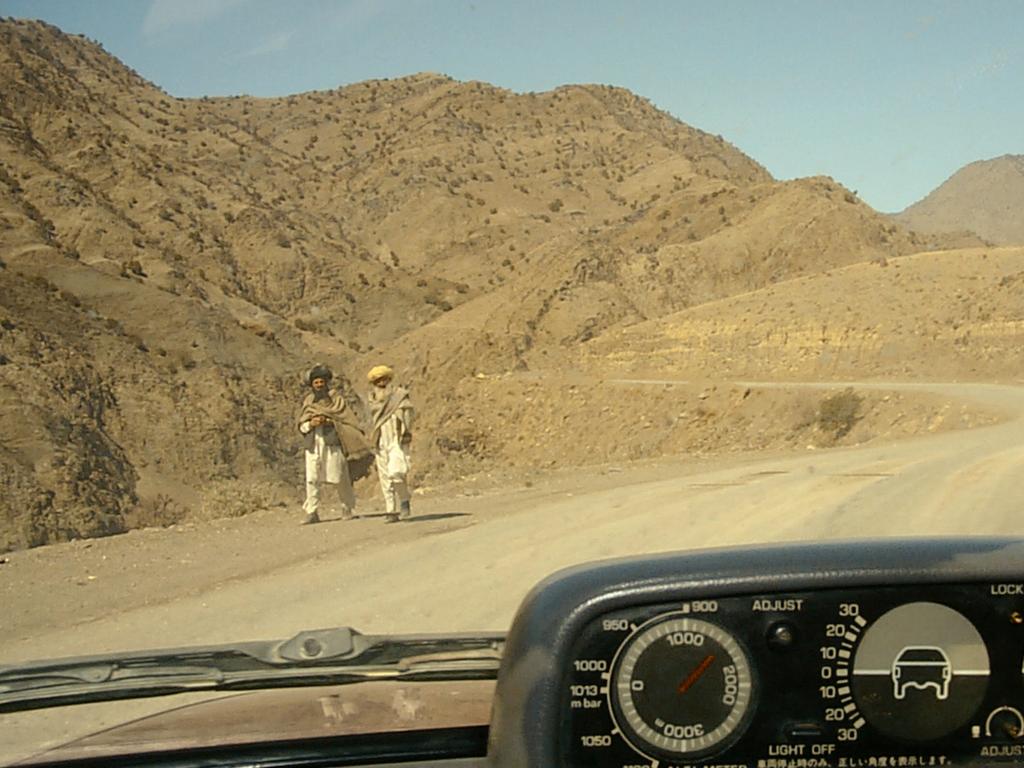
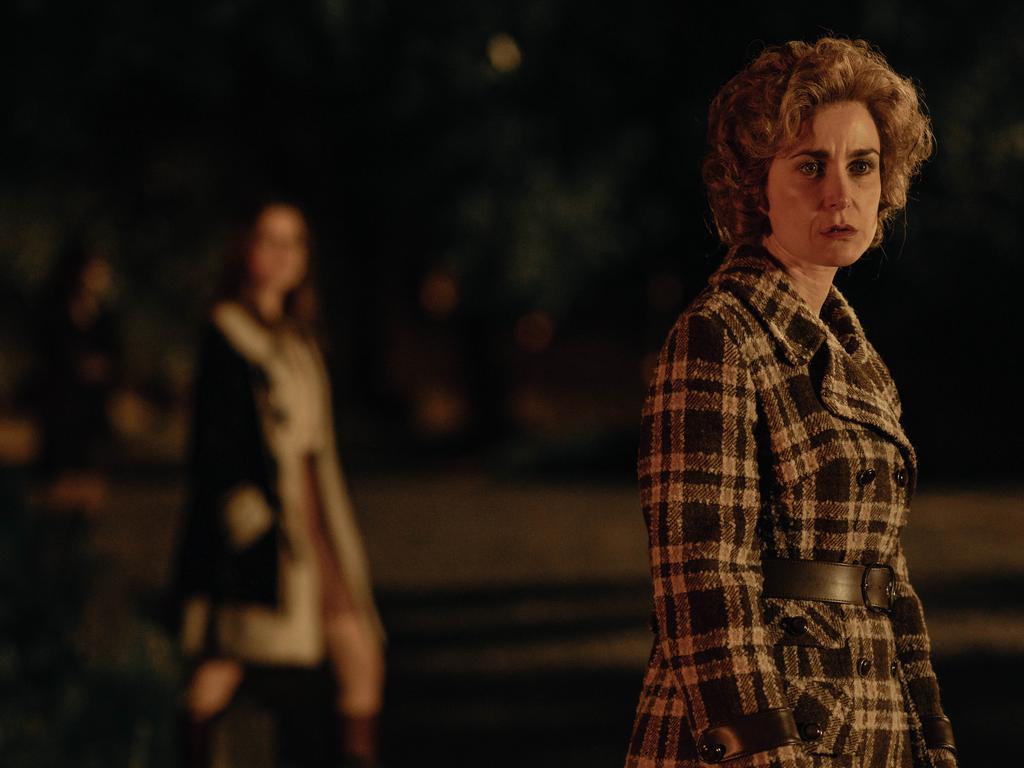
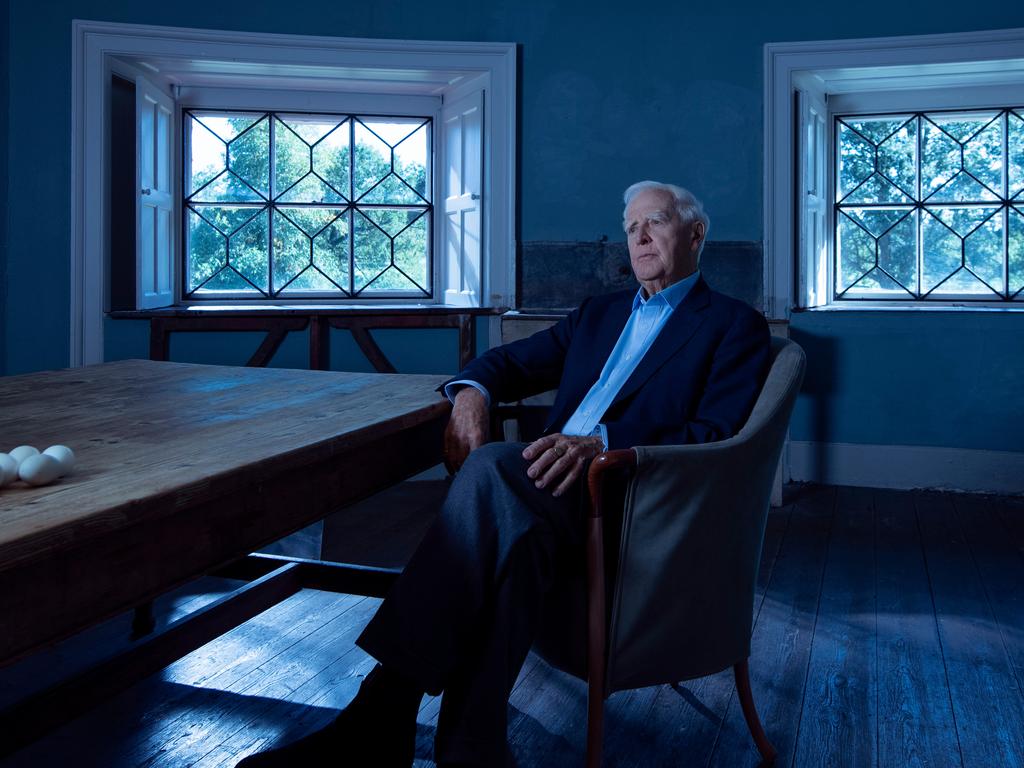
To join the conversation, please log in. Don't have an account? Register
Join the conversation, you are commenting as Logout